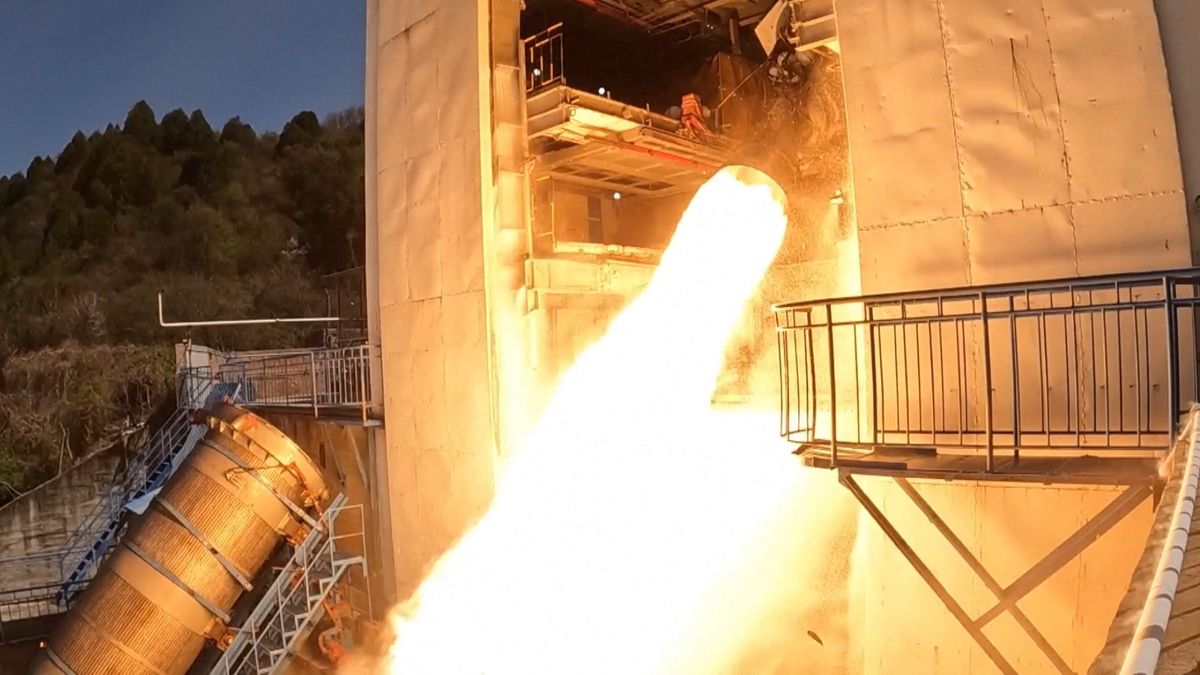China’s Advancements in Rocket Engine Technology
China recently made significant progress in the development of a powerful rocket engine to propel its new fleet of reusable rockets. A 130-ton-thrust, reusable kerosene-liquid oxygen engine successfully completed two consecutive ground ignition tests on Sunday (April 14). This milestone signifies a major step forward in the nation’s efforts to enhance its space exploration capabilities.
The engine, crucial to the advancement of China’s new reusable rockets, has undergone a series of rigorous tests, including 15 repeated tests, 30 ignition starts, and over 3,900 seconds of cumulative hot fire testing. These tests were conducted near Xi’an in Shaanxi province under the supervision of the Academy of Aerospace Propulsion Technology (AAPT), a division of the China Aerospace Science and Technology Corporation (CASC).
Designed as an evolution of the YF-100 engine used on China’s Long March 5, 6, 7, and 8 rockets, the new engine boasts multiple-start and variable thrust capabilities. According to Zhou Xianqi, a researcher at AAPT, the primary focus of the extensive testing was to ensure the safety and reliability of the engine, aligning with the stringent requirements of space exploration.
Potential Applications of the Engine
The versatile characteristics of the reusable engine make it suitable for a variety of space missions. It is anticipated to power the Long March 10 rocket, specifically designed for human spaceflight endeavors, including planned crewed missions to the moon. The successful development of this engine paves the way for a potential test flight of the Long March 10 rocket as early as next year.
This latest achievement represents a significant advancement in China’s ambitious space exploration goals, which include the prospect of landing astronauts on the moon before 2030. The restartable, variable thrust engine will play a critical role in enabling Long March rockets to control their descent to Earth following a mission, offering a unique approach to recovery compared to other rocket systems.
While SpaceX’s Falcon 9 relies on landing legs for recovery, China’s approach involves capturing the rocket’s first stages with a grid of constricting wires. This innovative method demonstrates China’s commitment to pushing the boundaries of rocket technology and advancing its capabilities in the realm of space exploration.
Image/Photo credit: source url





